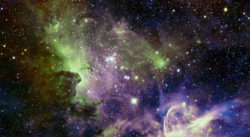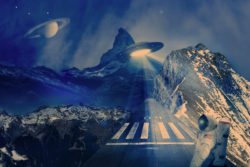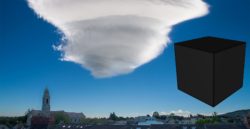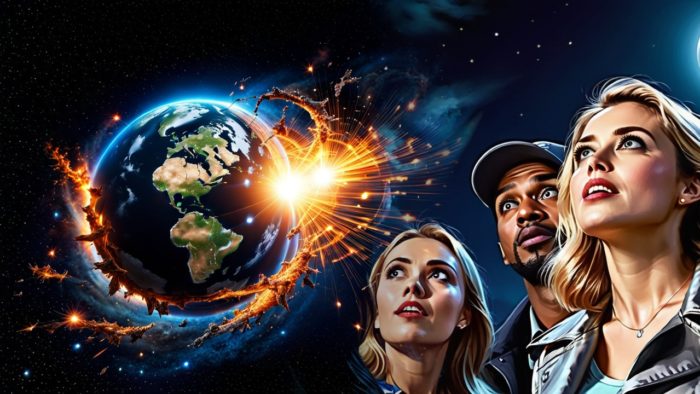
Total Obliteration: The Grim Reality Of A Black Hole Appearing Close To The Earth
- By
- March 14, 2024
- 12 min read
- Expert Opinion
- Posted in
- Space, The Universe
It is a safe bet that the vast majority of people will have heard of a black hole. And, it is an equally safe assumption that there will be several different theories as to what might happen if a person, a spacecraft, or even a planet entered one – ranging from traveling back or forward in time, traveling instantly to another part of the universe, or even traveling to another dimension. Based on our current understanding of space and the universe, however, the reality would almost certainly be far different, and much more ominous.
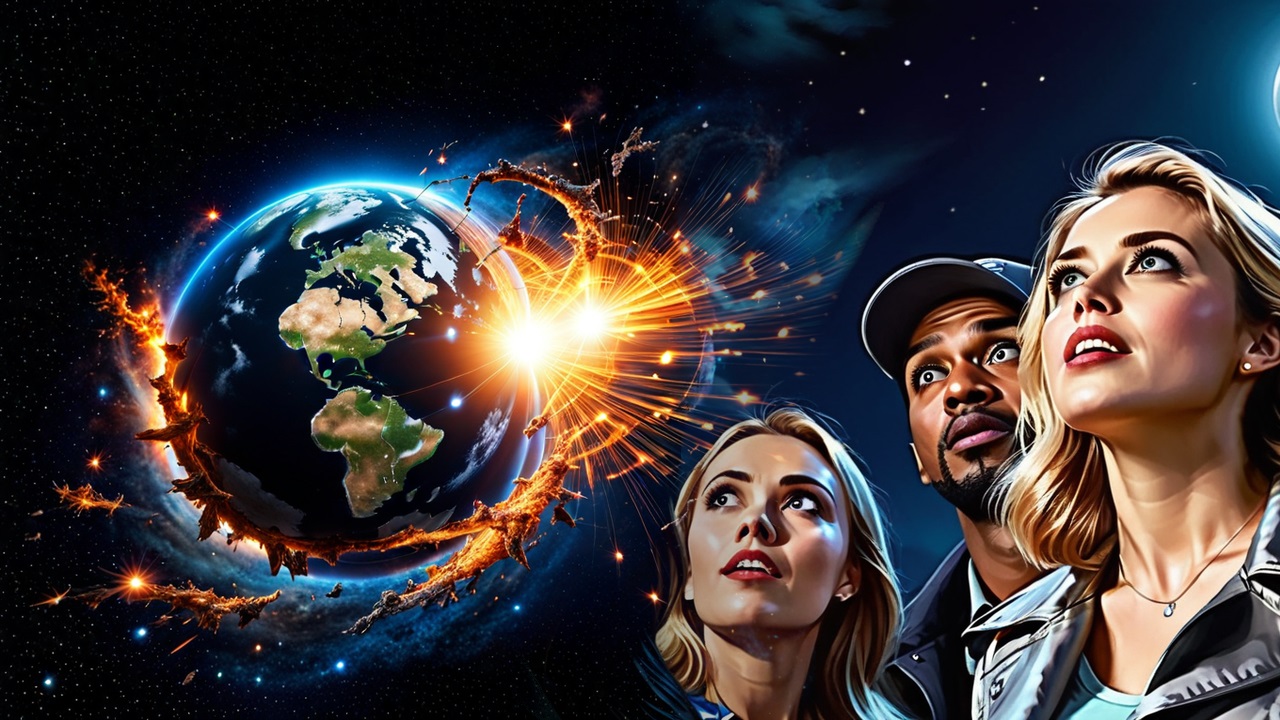 The fact is, however unlikely it might be, the appearance of a black hole in our solar system – one that was seemingly on a deadly collision course with our planet – could prove to be the en...
The fact is, however unlikely it might be, the appearance of a black hole in our solar system – one that was seemingly on a deadly collision course with our planet – could prove to be the en...
Fact Checking/Disclaimer
The stories, accounts, and discussions in this article may go against currently accepted science and common beliefs. The details included in the article are based on the reports, accounts and documentation available as provided by witnesses and publications - sources/references are published above.
We do not aim to prove nor disprove any of the theories, cases, or reports. You should read this article with an open mind and come to a conclusion yourself. Our motto always is, "you make up your own mind". Read more about how we fact-check content here.
Copyright & Republishing Policy
The entire article and the contents within are published by, wholly-owned and copyright of UFO Insight. The author does not own the rights to this content.
You may republish short quotes from this article with a reference back to the original UFO Insight article here as the source. You may not republish the article in its entirety.
